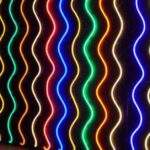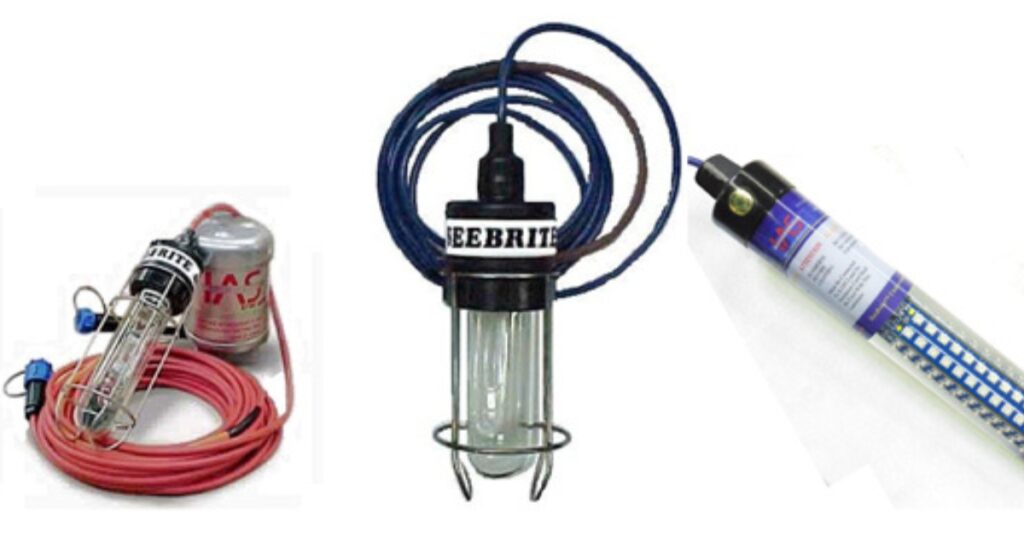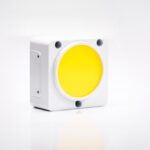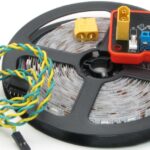
Brilliant Aquaculture LED Lighting for Effective Fish Farming
How can aquaculture LED Lighting revolutionize fish farming in 2024? Aquaculture has undergone rapid evolution in recent years, driven by innovative technologies aimed at significantly enhancing productivity, sustainability, and fish health. One such innovation is the use of LED lighting in aquaculture systems. This article delves into the science, benefits, and practical applications of aquaculture LED Lighting, providing actionable insights for fish farmers looking to optimize their operations.
What is Aquaculture LED Lighting?
Traditional aquaculture relied on natural sunlight or fluorescent lights. However, these methods have limitations. Sunlight can be inconsistent, and fluorescent lights need a more precise light spectrum for optimal fish growth. Aquaculture Lighting offers a revolutionary solution. LEDs (Light-Emitting Diodes) are energy-efficient lights that emit specific wavelengths of light. By customizing the light spectrum for different fish species and development stages, aquaculture LED Lighting allows farmers to create an ideal underwater environment.
Unveiling the Power of Aquaculture LED Lighting
Unlike traditional lighting methods, Aquaculture LED Lighting offers many benefits that directly impact fish health, farm efficiency, and environmental impact. Let’s delve deeper into the key advantages:
Enhanced Fish Growth and Health
- Spectrum Control: Traditional Lighting often lacks the specific wavelengths crucial for optimal fish growth and development. On the other hand, LEDs can be customized to emit light spectrums that mimic natural sunlight or target specific biological responses in fish. For instance, blue light can stimulate growth, while red light can enhance reproduction.
- Photoperiod Manipulation: Farmers can manipulate the photoperiod (day length) by controlling the light cycle within tanks to influence fish behavior and physiology. This allows for extended growth periods, earlier sexual maturation control, and even improved disease resistance.
Optimized Farm Operations
- Energy Efficiency: Aquaculture LED Lighting boasts superior energy efficiency compared to traditional lighting options. LEDs consume significantly less power while producing comparable or even higher light intensity. This translates to substantial cost savings for aquaculture farms.
- Improved Light Distribution: Traditional lighting systems often suffer from uneven light distribution, leading to areas with insufficient light for optimal fish growth. LEDs offer superior control over light distribution, ensuring a uniform environment throughout the tank.
- Dimming Capabilities: LED lights provide precise dimming capabilities, enabling farmers to create gradual transitions between light and dark periods, mimicking natural dawn and dusk cycles. This reduces stress on fish, promoting overall well-being.
Fostering Sustainability
- Reduced Energy Consumption: As mentioned earlier, Aquaculture LED Lighting’s high energy efficiency translates to a lower carbon footprint for aquaculture operations. This contributes to a more sustainable approach to fish farming.
- Improved Water Quality: Traditional lighting systems can increase tank algae growth. LEDs, however, emit minimal heat, minimizing this issue and promoting a healthier aquatic environment.
Applications of Aquaculture LED Lighting
Aquaculture LED Lighting finds application across various stages of fish farming:
- Hatcheries: Simulating natural light cycles is crucial for optimal larval development and survival. LEDs can provide the necessary light intensity and spectrum for healthy fry production.
- Grow-out Facilities: Specific light spectrums can promote faster growth and enhance fish pigmentation, leading to higher market value. Additionally, LEDs can manipulate photoperiods to delay sexual maturation, optimizing production cycles.
- Shrimp Farming: LEDs can replicate lunar cycles, which is critical for shrimp reproduction. This allows for controlled breeding and increased shrimp yields.
Implementing Aquaculture LED Lighting: A Step-by-Step Guide
Assess Your Lighting Needs
Evaluate the specific requirements of your aquaculture system and the species you are farming. Consider factors such as tank size, water depth, and existing natural light availability.
Choose the Right LED Lighting System
Select an LED system that offers customizable light spectrums and is designed for the aquatic environment. Look for features such as waterproofing, durability, and energy efficiency.

Install and Optimize
Proper installation is crucial for maximizing the benefits of LED lighting—position lights to ensure even distribution and adjust settings to mimic natural light cycles. Monitor fish behavior and adjust Lighting as needed to optimize growth and health.
Monitor and Maintain
Check the performance of your LED lighting system—clean regular fixtures to prevent algae buildup and replace faulty components to maintain optimal lighting conditions.
Benefits of Aquaculture LED Lighting
Enhanced Growth Rates
Studies have shown that specific wavelengths of light can stimulate faster growth rates in fish and other aquatic organisms. For example, blue and red light spectrums have been found to enhance feeding efficiency and growth in species like salmon and tilapia.
Improved Fish Health and Welfare
LED Lighting can regulate circadian rhythms, crucial for fish health and well-being. Proper light cycles can reduce stress, improve immune function, and increase survival rates in aquaculture systems.
Energy and Cost Savings
Switching to LED lighting can significantly reduce energy consumption and operational costs in aquaculture operations. The long lifespan of LEDs also means fewer replacements and lower maintenance costs over time.
Environmental Sustainability
LEDs are more environmentally friendly than traditional lighting options. They produce less heat, reducing the cooling needs of aquaculture facilities and minimizing the environmental footprint of fish farming operations.
Conclusion
Aquaculture LED lighting is a game-changer for the fish farming industry. LED technology enhances growth rates, improves fish health, and reduces operational costs by providing customizable, energy-efficient lighting solutions. As the demand for sustainable aquaculture practices continues to rise, LED Lighting will play a crucial role in meeting these challenges and advancing the industry.
By implementing the right LED lighting strategy, aquaculture operators can create optimal conditions for their aquatic organisms, leading to healthier fish and more productive farming operations. Whether you are just starting or looking to upgrade your existing system, aquaculture LED Lighting offers a bright future for sustainable fish farming.
FAQs
Q: What safety precautions should I take when installing Aquaculture LED lights?
A: Always follow the manufacturer’s instructions for installation. Since you’ll be working with electricity and water, ensure qualified personnel handle the installation to guarantee safety and proper functionality.
Q: Are there any regulations regarding Aquaculture LED lighting spectrums?
A: Regulations regarding Aquaculture LED lighting spectrums may vary depending on your location. It’s advisable to consult with local authorities or aquaculture associations to ensure your lighting system complies with any relevant regulations.
Q: Can Aquaculture LED lights be used for ornamental fish tanks?A: Absolutely! Aquaculture LED lights can be highly beneficial for ornamental fish tanks as well. They offer the same advantages of promoting fish health, enhancing growth (for certain species), and creating a visually appealing underwater environment. Choose LEDs designed for aquariums, considering factors like tank size, desired aesthetics, and any specific needs of your fish species.




